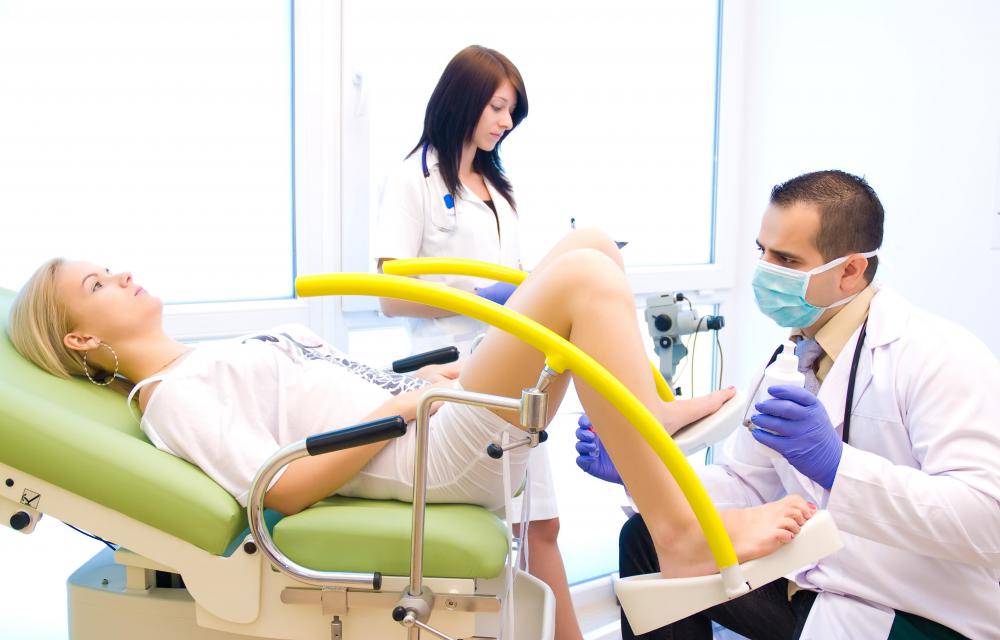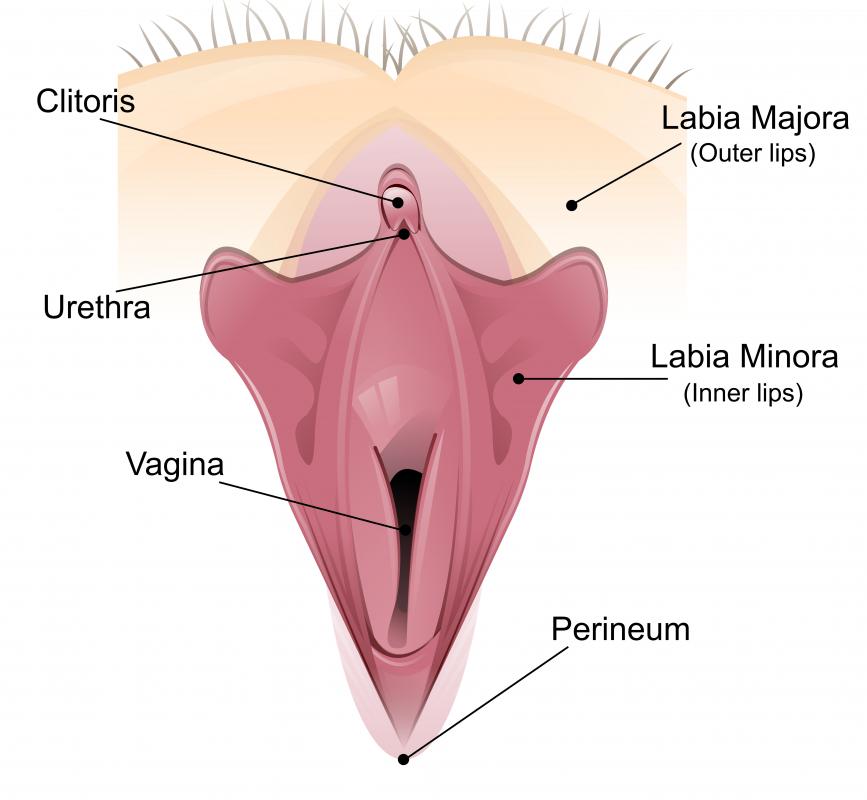At WiseGEEK, we're committed to delivering accurate, trustworthy information. Our expert-authored content is rigorously fact-checked and sourced from credible authorities. Discover how we uphold the highest standards in providing you with reliable knowledge.
What is the Value of Exfoliative Cytology?
Exfoliative cytology, also called cytopathology, is the analysis of cells shed from the body. Such cells might be present on skin, as for example, a skin lesion, or more commonly, a small amount of tissue is extracted from the mouth or cervix to evaluate cells for cancer. Exfoliative cytology can be extremely beneficial, and has been shown to significantly reduce cancer deaths that can be ruled out by Pap smears.
Exfoliative cytology differs from the more precise sampling of known lesions, like needle biopsy. It categorizes collected samples only by analyzing the presence of abnormal or atypical cells, or by showing the presence of malignant cells.

When a woman has a pap smear, she may have a result that show atypical cells. If this is the first exfoliative cytology test that shows atypical cells, then usually, the Pap smear is repeated in six to twelve months. If however, repeated showings of atypical cells are present in exfoliative cytology results, further tests may be undertaken to determine if cancerous cells are present.

Doctors or dentists may also use exfoliative cytology to check for the presence of cancer in the mouth or throat. The test takes a few skin scrapings and can show the presence of either malignant or atypical cells. Malignant and atypical cells will probably require a person to undergo a biopsy or closer examination of the area in question to rule out cancer.

Exfoliative cytology may be used in the form of skin scrapings of moles that appear to be changing and might be forms of basal or squamous cell skin cancer, as well as melanoma. Some doctors may prefer to forgo exfoliative cytology and completely remove moles that are prominent, if they are itching or irritating to a patient. The mole is then sent to a lab to be tested for cancerous cells.

A variant of exfoliative cytology are swabs that look for the presence of bacteria. For example, if a doctor suspects a patient has strep throat, he or she may take a swab of the back of the throat, deposit the results in a Petri dish, and recheck the dish in 24 hours to see if strep bacteria has grown. The results, as in other forms of exfoliative cytology, are analyzed microscopically. However, the results of a swab are either classed as positive or negative.

A similar test may be performed on the perineum to look for Strep B in women who are pregnant. A newborn’s exposure to Strep B when passing through the birth canal can be very hazardous to health. Again results are graded as positive or negative. Women with positive results can take antibiotics prior to giving birth, which will protect the newborn from contraction of Strep B. Not all obstetricians will check for this, so it is usually a test one must request.
AS FEATURED ON:
AS FEATURED ON:


















Discussion Comments
can exfoliative cytology be used in viral infections or not ??
Post your comments